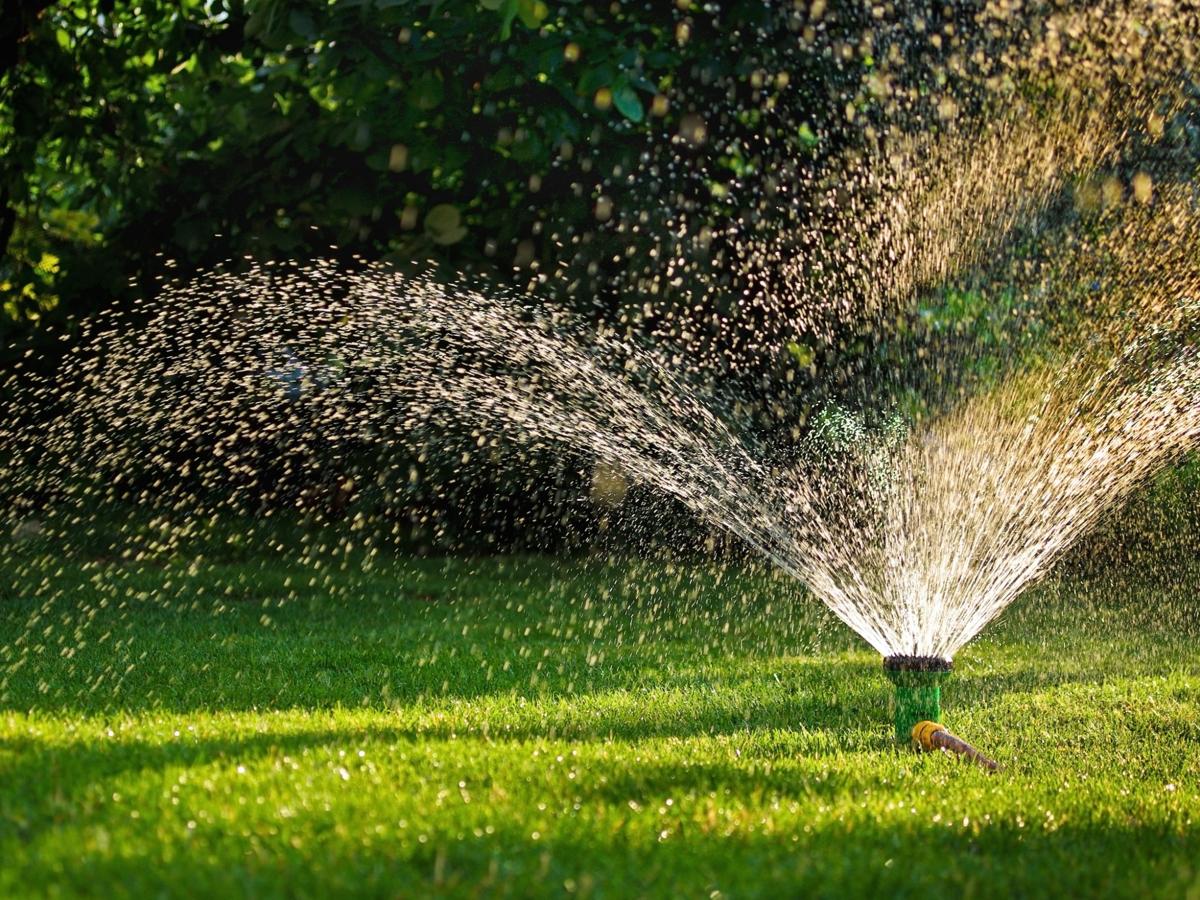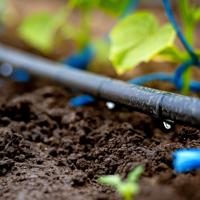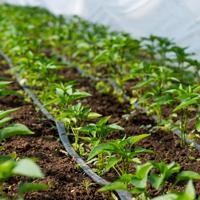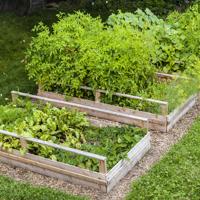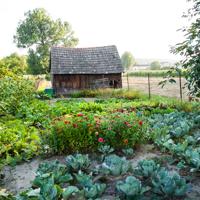In the pursuit of a sustainable gardening and garden-to-table lifestyle, understanding irrigation systems becomes essential. After all, efficient water usage not only conserves a vital resource but can also enhance the growth and health of your garden. Let’s explore various irrigation systems available for gardens, their features, benefits, and some examples that might resonate with your gardening style.
Drip Irrigation
Drip irrigation, often prized for its water efficiency, involves directing water right to a plant’s roots. This method minimizes evaporation and runoff, making it an eco-friendly choice. The system typically consists of a network of tubes with emitters placed near plants.
-
Advantages: Reduces water usage and promotes healthier plant growth by ensuring consistent moisture levels. It’s particularly useful in gardens with varied plant species as it can cater to individual water needs.
-
Example: A home vegetable garden could benefit greatly from drip irrigation, as it helps regulate water to each plant, thus preventing overwatering or underwatering.
Soaker Hoses
Soaker hoses are a straightforward yet effective irrigation system. These hoses, made from porous materials, allow water to seep out slowly and evenly along their length, providing direct moisture to the soil.
-
Advantages: They are easy to install and relatively inexpensive. Soaker hoses work well for gardens planted in rows or raised beds.
-
Example: For flower beds or linear vegetable plantings, running a soaker hose can ensure comprehensive coverage without the need for complex pump systems or electricity.
Sprinkler Systems
Traditional sprinkler systems are a familiar sight in many yards and gardens. These systems can be stationary, oscillating, or rotating, and they cover large areas, mimicking natural rainfall.
-
Advantages: Ideal for lawns and broad garden areas. Their timers can be set to water during optimal morning or evening hours, reducing evaporation.
-
Example: A large home garden with spacious lawns might find relevance in a sprinkler system for keeping grass and larger plants hydrated.
Surface Irrigation
Surface irrigation involves watering the garden directly from above using channels or furrows, relying primarily on gravity to distribute water. This method is one of the oldest and doesn’t require sophisticated technology.
-
Advantages: Simple and cost-effective. It can be integrated into garden designs that allow water to flow naturally across the surface.
-
Example: Surface irrigation can be effective in larger garden landscapes where contour channels are employed to guide the flow of water.
Self-Watering Pots and Containers
For smaller gardens or patio-based plants, self-watering pots provide a convenient irrigation solution. These containers have a reservoir that supplies water to the plant gradually.
-
Advantages: Perfect for urban gardeners or those with limited space. They reduce frequency of watering and help maintain consistent moisture for potted plants.
-
Example: A balcony herb garden might thrive in self-watering containers, reducing maintenance and ensuring herbs remain lush.
Conclusion
When choosing an irrigation system, there are no absolutes—it largely depends on the specific needs of your garden and personal preferences. Diversifying your methods based on plant type, garden size, and climate can significantly enhance water efficiency.
Acknowledge that gardening is a uniquely personal journey. Explore different systems and combinations to find what works best in harmony with your vision of sustainability.
Further resources, like local agricultural extensions or sustainability-focused garden groups, might offer tailored advice and community experiences to enrich your understanding and enjoyment along this journey.
